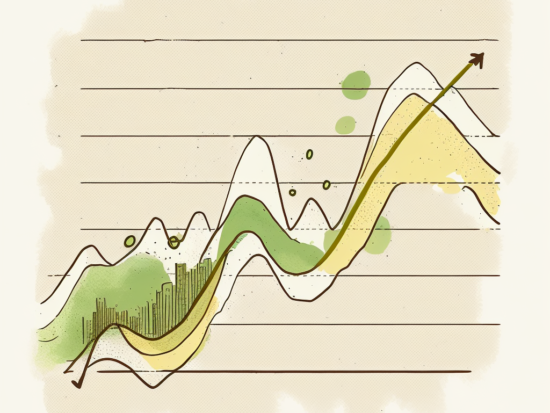If you’re an animal lover and advocate of sustainability, you may have found yourself at a crossroads when it comes to choosing clothing and accessories.
With leather and fur being some of the most harmful and inhumane industries in the world, it’s easy to see why many people are turning to pleather as an alternative.
But is pleather really the solution to this problem? In this article, we’ll explore the pros and cons of using pleather.
So what is pleather?

Pleather, also known as faux leather, is a synthetic material designed to look and feel like genuine leather. It’s often made from a combination of plastic and polyurethane, and can be produced at a much lower cost than genuine leather.
Does it fix the issue?
The primary benefit of using pleather is that it’s a cruelty-free alternative to genuine leather. It eliminates the need to use animal hides and reduces the number of animals killed for their skin. This is especially important for those who are opposed to the use of animals for clothing and accessories.
So what is the problem?
While pleather may seem like a good alternative to genuine leather, it’s important to consider the environmental impact of producing synthetic materials.
The primary material used to make pleather is plastic, which is not biodegradable and takes hundreds of years to decompose. This means that pleather products can end up in landfills and contribute to environmental pollution.
It’s a trade off
When considering whether to use pleather or genuine leather, it’s important to weigh the ethical and environmental factors. While pleather is a cruelty-free alternative to genuine leather, it’s still made from plastic, which is harmful to the environment.
Cruelty-free plastic alternative
While pleather may seem like the perfect solution to the ethical issues surrounding leather production, it’s important to remember that it’s not a perfect material. It’s still made from plastic, which contributes to environmental pollution and has a negative impact on the planet.
Plastic production problems
The production of plastics involves the use of fossil fuels and can release harmful chemicals into the environment. In addition, plastic waste can be harmful to wildlife and marine ecosystems, as it can take hundreds of years to decompose and can be ingested by animals.
The Popularity of pleather
Despite these concerns, the use of pleather has increased significantly in recent years. This is largely due to the rise of sustainable fashion and the growing demand for ethical and cruelty-free clothing and accessories.

According to a report by Grand View Research, the global synthetic leather market size was valued at a whopping USD 33.7 billion in 2020 and is expected to grow at a compound annual growth rate (CAGR) of 7.7% from 2021 to 2028.
How do you weigh one choice against the other?
When weighing the pros and cons of using pleather, it’s important to consider the ethical and environmental impact of both materials. Genuine leather is a byproduct of the meat industry, and using it can reduce waste. However, it’s important to remember that leather production still involves the use of harmful chemicals and can be detrimental to the environment.
Isn’t it better overall, though?
While the answer to this question is subjective, it’s important to remember that both pleather and genuine leather have their pros and cons. Ultimately, the choice depends on your personal values and priorities.
But there are alternatives…
If you’re looking for a more sustainable alternative to pleather, there are a variety of options available. Some sustainable materials include cork, pineapple leather, and recycled plastic.
At the end of the day
Pleather can be a good alternative to genuine leather for those who are opposed to the use of animals for clothing and accessories.
However, it’s important to consider the environmental impact of using synthetic materials and to weigh the pros and cons of each material before making a decision.
By being informed about the impact of our choices, we can make more sustainable and ethical choices when it comes to fashion.
Whether you choose pleather, genuine leather, or a sustainable alternative, it’s important to remember that every choice we make has an impact on the planet and the animals that call it home.
By choosing materials that are kinder to the environment and animals, we can make a positive impact and help create a more sustainable future.


 The Best Sustainable Backpacks for Adventurers
The Best Sustainable Backpacks for Adventurers